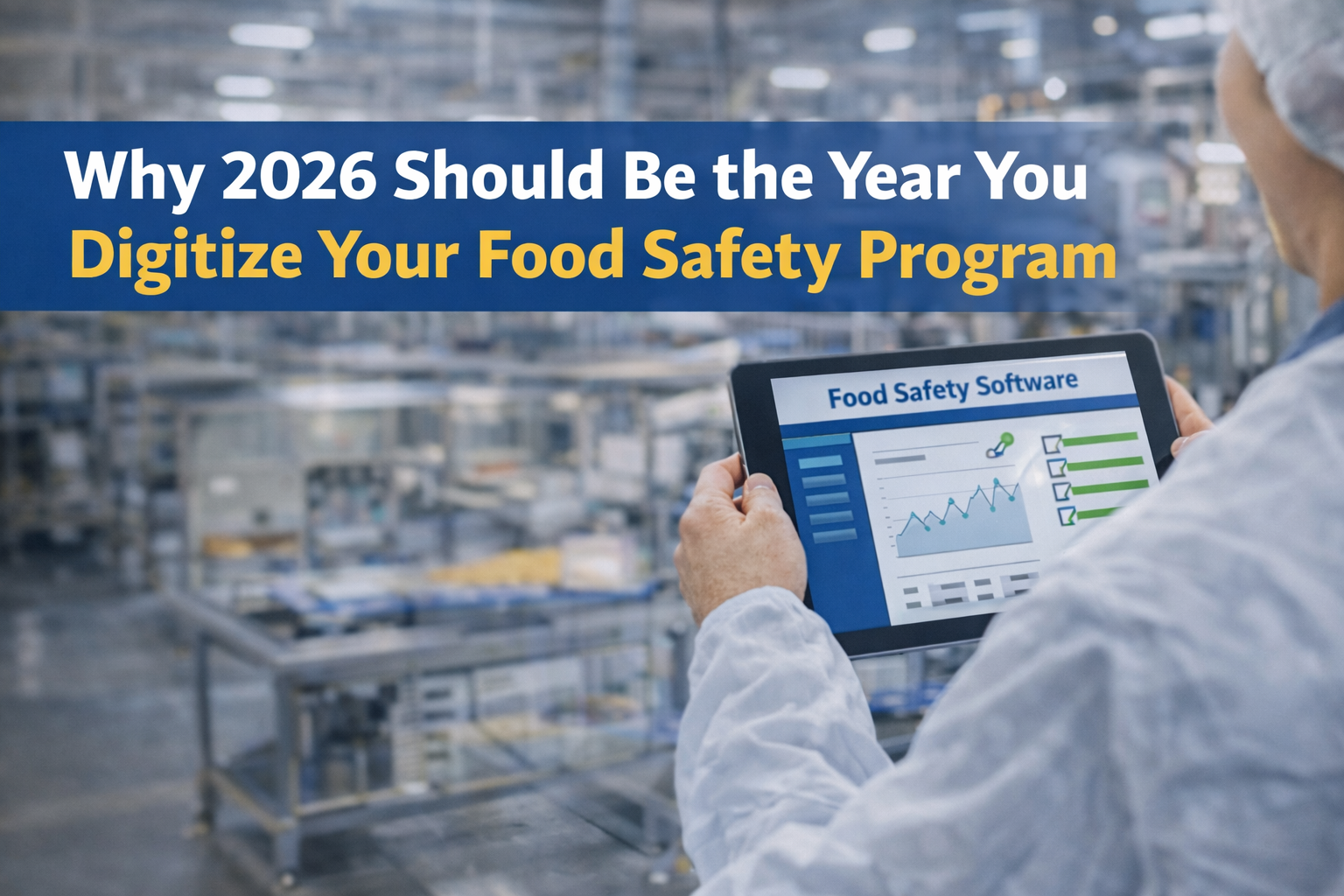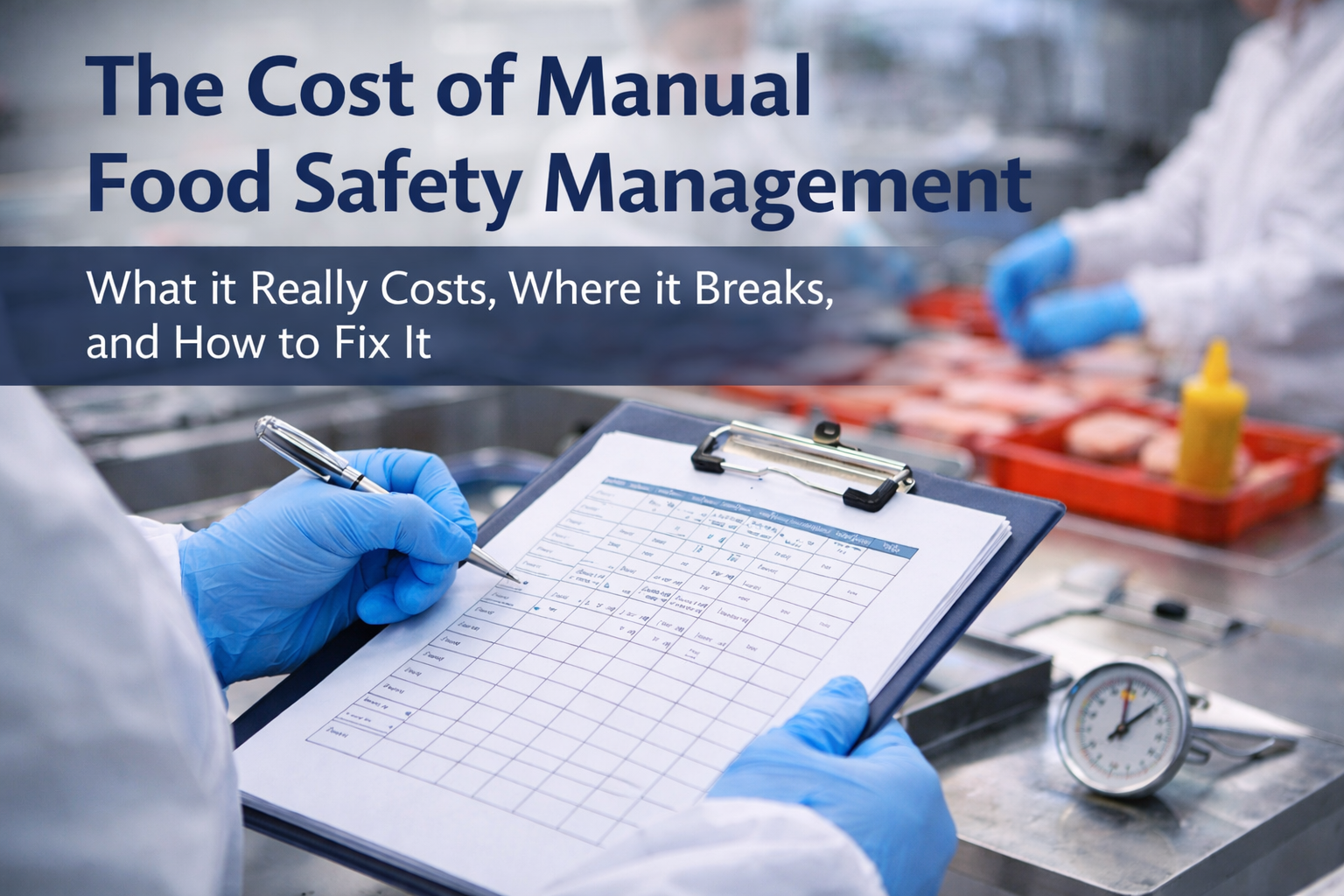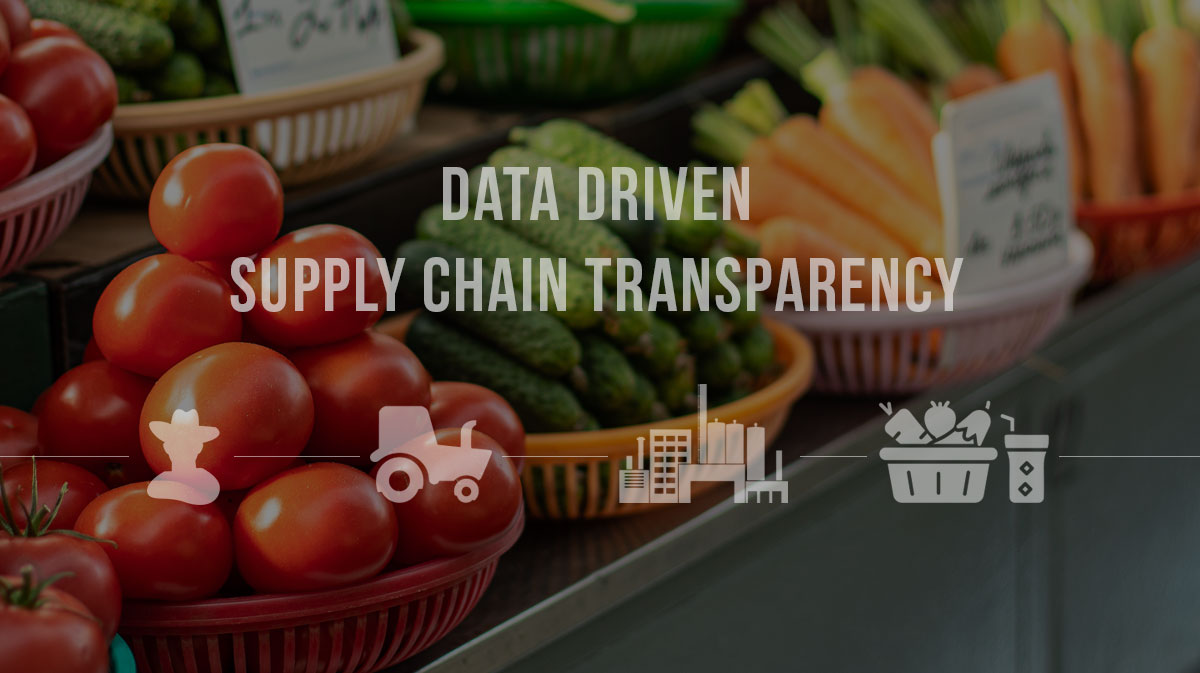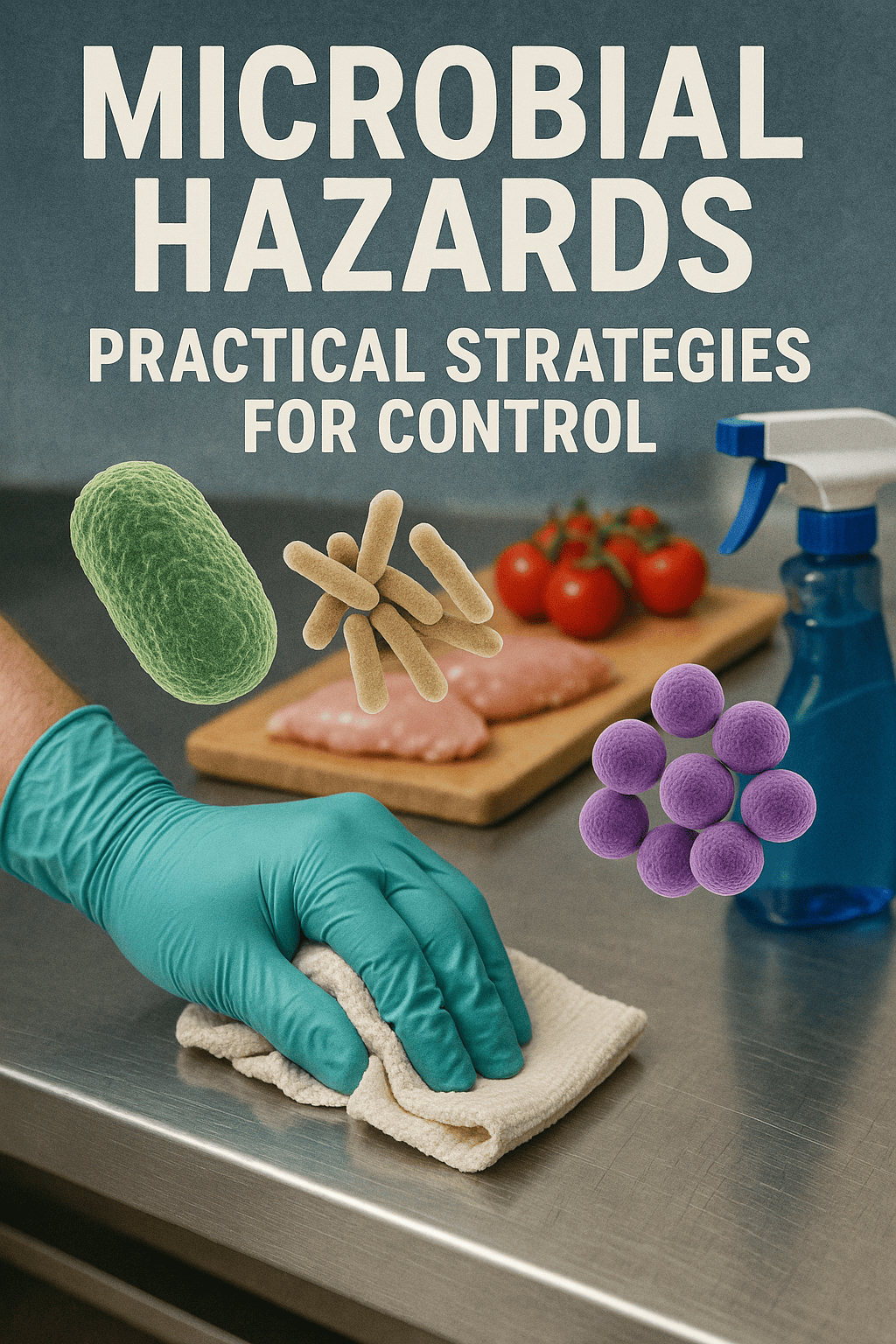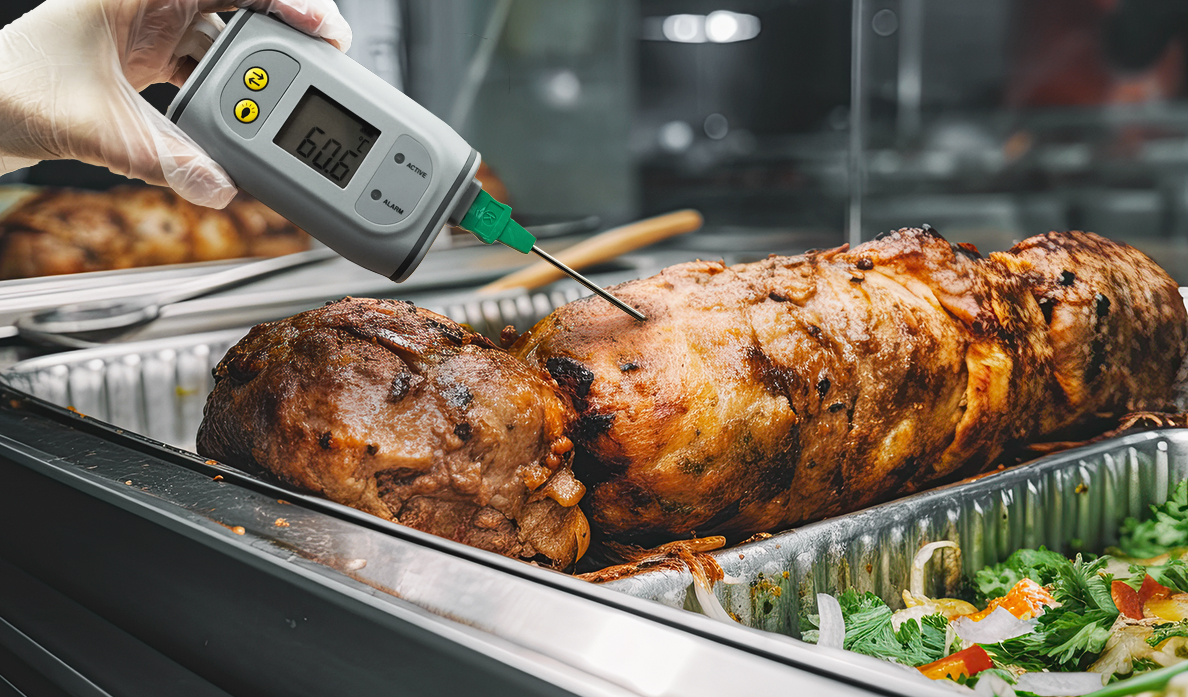As a food business, compliance with food safety regulations is of utmost importance. Failing to comply with these regulations can lead to foodborne illnesses and even legal action. With the ever-changing and complex regulatory environment, it can be challenging to keep your food safety practices in check. However, automated food safety software can help streamline compliance processes, making it easier for you to ensure the safety of your products.
1. Automation of Data Collection
Manual data collection methods can be time-consuming and prone to errors. Paper-based logs, spreadsheets, and other manual processes can lead to inaccuracies and delayed reporting. However, automated food safety software simplifies data collection and lets you track, measure and analyze your critical control points in real-time. The platform can be customized to meet your specific needs, streamlining compliance procedures while keeping your data organized and accessible.
2. Validation and Verification of Data
To ensure the accuracy of your food safety data, automated software conduct checks and sends alerts, notifying the necessary people of any anomalies immediately. The system helps you in detecting trends, patterns, and other compliance inconsistencies that could be missed on a manual sweep. With instant notifications, you can quickly respond to any issues and take action that aligns with the regulatory requirements.
3. Reporting and Documentation
Food safety regulations mandate proper documentation, record-keeping, and reporting practices. Fortunately, software technology makes it easier and more effective to record and retrieve data when requested. You can schedule and generate reports, which would have taken considerable hours, if not days, to compile manually. With automated software, compliance documentation is always up-to-date, organized, and accessible.
4. Easy Implementation
Implementing food safety and compliance procedures manually can be an extensive process. It requires thorough training and understanding of both the regulations and the systems set in place to achieve compliance. However, automated software streamlines this process, making it easier and quicker for all employees. The software is simple and user-friendly, requiring no special skills or knowledge to operate.
5. Time-Saving
Automated food safety software eliminates redundant daily monitoring and data collection tasks. This saves personnel the time and effort they'll need to perform other productive duties that will benefit your company in other areas. Instead of investing a considerable amount of time recording temperatures, for example, your personnel can focus on preventive measures that enhance food safety and ensure compliance.
It is crucial to prioritize food safety regulations compliance as a food business to prevent contamination and ensure the safety of the public. Automated food safety software helps streamline the compliance process, saves time, and provides accurate and organized data. The software's user-friendly nature, real-time tracking, and prompt alerts make it an efficient solution for compliance needs. Investing in automated food safety software gives you the peace of mind that you're always in control of your food safety practices and in compliance with regulations.



